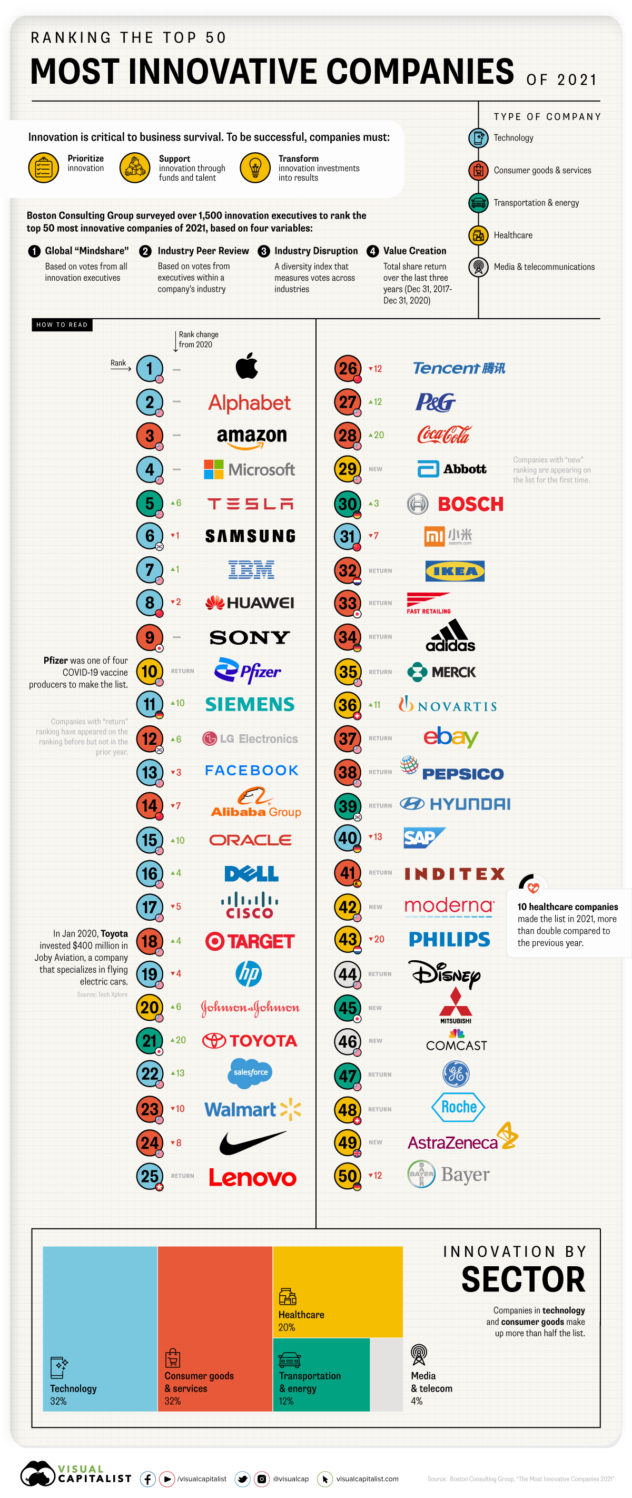
In 2019, an American business magazine published a list of America’s Most Innovative Leaders. Featuring 102 beacons of success (two organisations had co-founders), the ranking drew attention not just for its examination of the innovation ecosystem in America, but also for the fact that only one of the featured leaders was a woman.

The ensuing debate saw the Chief Content Officer of the publication providing an insightful explanation. The methodology required data, and so the leaders eligible were from the largest public companies — those worth $10 billion or more, or those that were growing quickly, which skewed towards healthcare and technology firms.
He also highlighted that the methodology was flawed, it should have been more expansive around who was eligible to be ranked. “While each data point individually made logical sense, as did focusing on data-rich public companies, the entire exercise collapses if the possible ranking pool doesn’t correlate at least somewhat with the overall pool of innovative talent. It would be intellectually dishonest to construct a methodology designed to generate a predetermined result, but in this case the forest got lost in the trees.”
Finally, he pointed out that the eligibility ultimately proved the problem: ”Women, as we all know, are poorly represented at the top of the largest corporations (just 5% of the S&P 500) and fare even worse among growing public tech companies. In other words, for all our carefully calibrated methodology, women never had much of a chance here.” Well. The problem, it seems, is reality.
What has changed? A Google search reveals that there isn’t a ranking of the Most Innovative Leaders any longer. Instead the trend has shifted towards ranking the World’s Most Innovative Firms.

Though the CEO Forum did dare to share their assessment of 10 Leaders in Innovation, as assessed against an unspecified criteria, with 3 women on the list.
Is this progress? Or is this evasion? By restating the problem statement, we move away from addressing the very issues that were acknowledged. Is there no data around female innovators, or indeed around individuals innovating generally? Actually, there is, and there was. The OECD, who make their (fascinating) gender data available, analysed patent data over a decade ago, before the Innovation Leaders ranking, and found that “the contribution of female inventors to patenting has increased up to four times over the last thirty years. For example, in the United States female inventors accounted for only 3,3% of overall patenting in 1980, and this share increased to 9,7% in 2010”. The data around existed and exists, and it is our responsibility to use it, and to ensure that new data created allows for disaggregation that modern society requires.
What then of the methodology? Would it have been considered flawed if appropriate data had been utilised, and not just the most easily-acquired data? Considering this takes me back to the 1984 book The Goal: A Process of Ongoing Improvement, where every inefficiency (bottleneck) that was resolved revealed a new inefficiency to be overcome. So to goes life. With the data clearly not being the true issue, the methodology could have been reapplied and reiterated.
The problem, and the one we try to deal with today, is reality. The reality of inefficiencies and inequities being embedded in our systems. If we were professionals applying business process re-engineering frameworks to this, we would not accept a restatement of the problem as satisfactory. We would not accept doing nothing to address the inefficiency.
McKinsey displayed intellectual honesty and an authenticity of values in their response to the issue. They looked to the reality of their experiences and acknowledged that they regularly saw women leading important innovations. Rather than evading the reality they saw in front of them, where progress was being made and even more progress is within reach, they leveraged the power of their networks to identify and celebrate women innovators. As of May 2021, they had over 150 stories compiled.
These stories play a crucial role in shifting the rhetoric and preventing lazy thinking and biases from pervading. By celebrating these successes, and bringing them to the fore, McKinsey limits the tired excuses of there being no data, or, even worse, no women, available. The People Centered Internet intends to further this and are pleased to announce our partnership with the World Summit on the Information Society in striving to deliver gender mainstreaming. Repositories of role models such as that McKinsey has compiled are an important first step in gathering the right “data” to ensure that women are included in the Information Society, and WSIS launched their own repository, with the support of the PCI, in August 2021. A database though, as this audience knows, is merely a beginning.
It is the use of data that drives change, and a community of champions to make change real. We will be experimenting with creating a community of “trendsetters”: women and allies in the Information Society who stand ready to participate at forums and lend their ideas to discussions around the world. Programmers and event stakeholders are invited to join the community, to ensure an equal representation of gender from now and into the future.
Like McKinsey, we put our money where our mouth is. The agenda for 2022’s WSIS Forum is available on our LinkedIn Group, and we invite anyone with suggestions of speakers on the topics to nominate them through the WSIS website or the LinkedIn Group.
